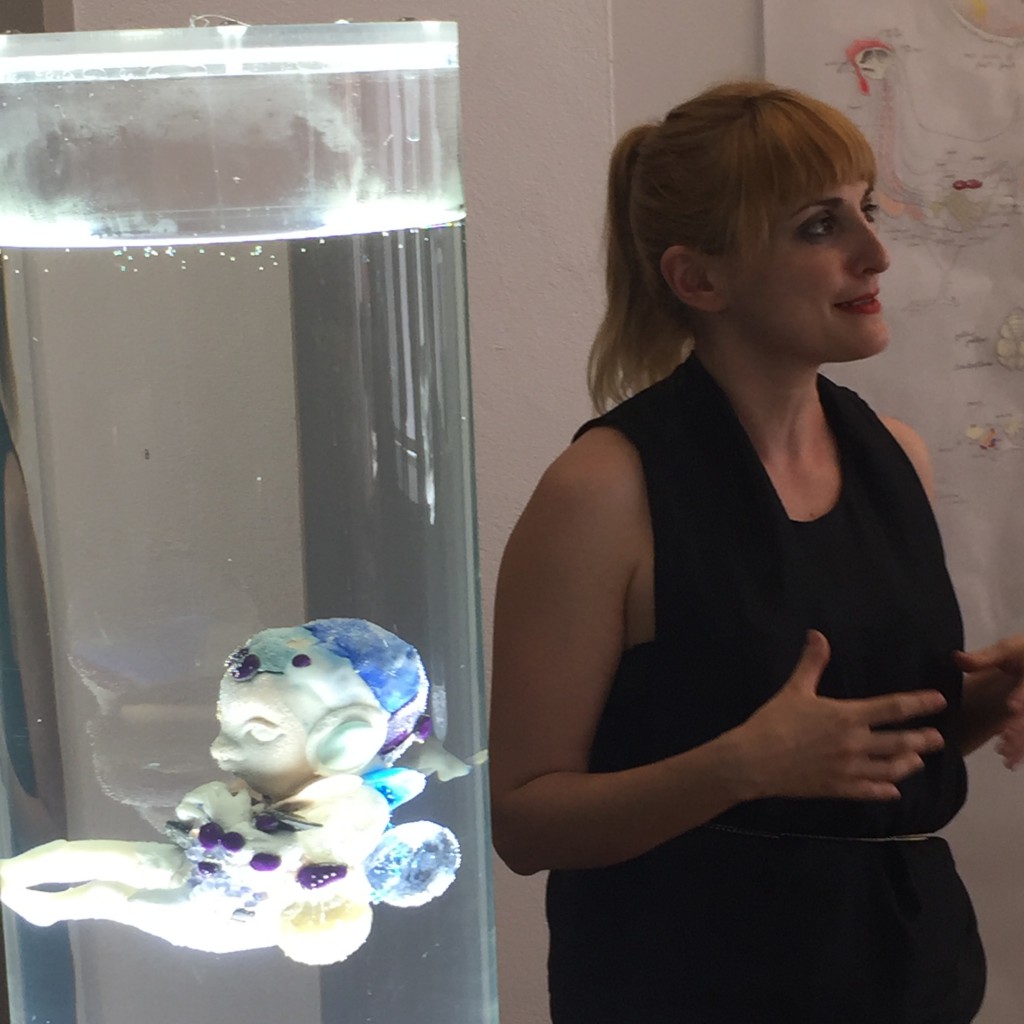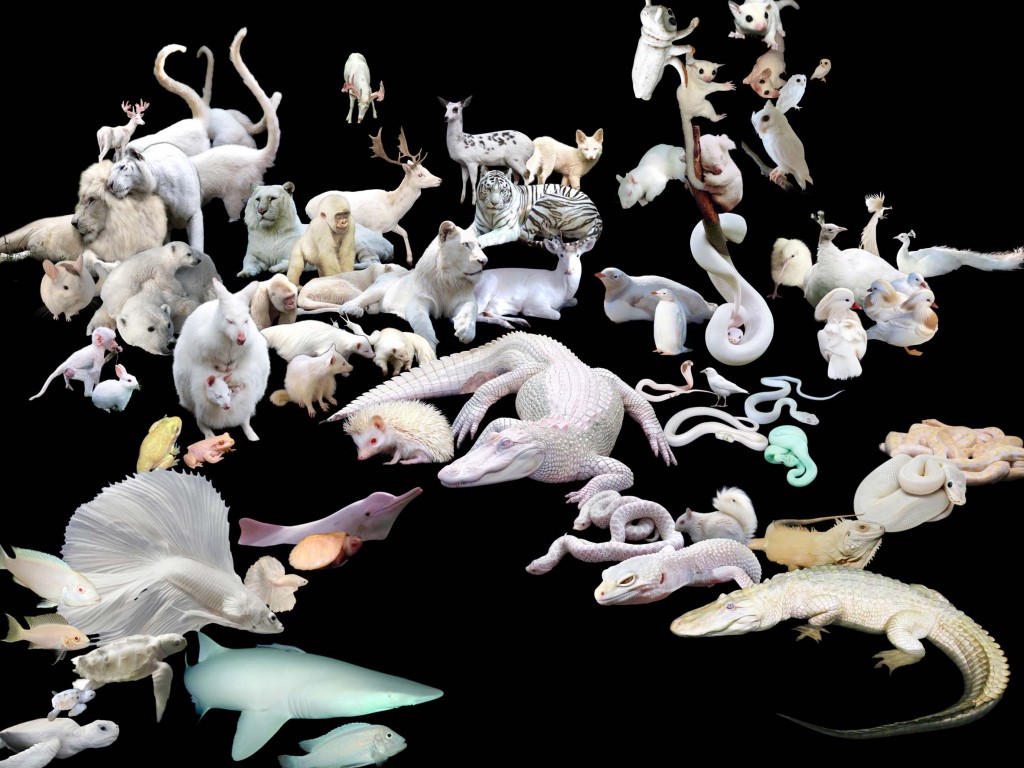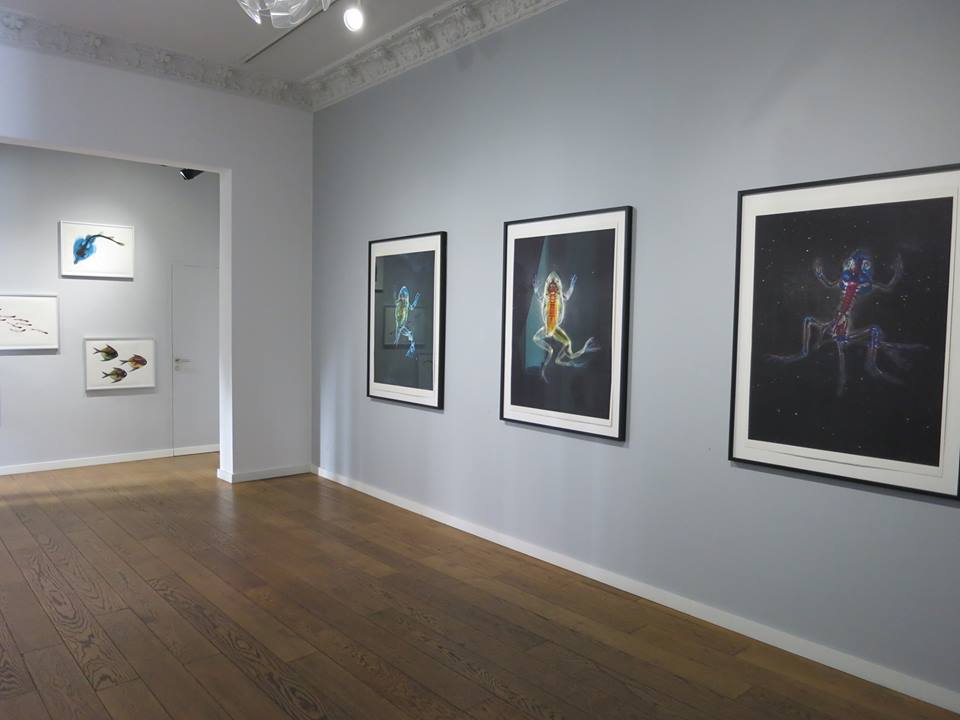The exhibition NatureCultures, shown at Alfred Ehrhardt Stiftung, explores the interwoven fabric of both the human and nonhuman in the 21st century.
The exhibition title refers to a term coined by the American scholar Donna Haraway, which seeks to overcome the unproductive dichotomy of nature and culture. The side effects of human technology intrude into every environment, altering the balance, and even the make up of what we once called nature. While ecological disaster repeatedly threatens, there is a surprising resiliency in the myriad of life forms on this planet. The exhibition presents three artists who explore a realm between science and artistic research as well as between natural and cultural forms of inquiry.

Dear Pinar, your work is based at the crossroads of art and science. What is it that interests you about it and where do you feel are your roots?
Science has always been a crucial part of my mental life. My mother is a physicist and I attended a science college for gifted kids where I focused on chemistry. I have always been very interested in biological sciences as well, reading as much as I could on ecology, molecular biology, neuroscience, evolutionary biology, marine biology. Today most of these fields converge as much as they diverge, and I try to maintain a basic knowledge base of the fields I am interested in. To accomplish that I have acquired degrees, certificates, have taken coursework finding myself amidst scientist friends. Today I have reached a point where I get invited to scientific conferences, or find the opportunity to collaborate with ground breaking scientists. At times a designer/architect/artist has to push herself out of her disciplinary comfort zone to understand the language of science. Yet it will always pay off. Science can feed artistic creativity both literally and metaphorically. I refer to scientific papers or scientists in my work but I also find inspiration in scientific imagery. Science also influences the ontological dimension of the work, giving me a theoretical direction. I am not a plant but as far as my roots goes, I would say somewhere between criticism and innovation.

In your work you translate processes of biological systems and ecological disasters. How does one imagine this translation?
I love this Alan Kay quote, “if you want to predict the future, you have to invent it.” I invent futurities and to narrate them I take the position of a storyteller using a diverse spectrum of media. Today we need creativity and imagination more than any other time in our known history. Might sound like a bold claim, but the issues we are confronted with are very complicated and require networked creativity. Moreover we are dealing with highly complex phenomenon that possesses a certain kind of invisibility, such as climate change. Art is the perfect channel to render things visible.

Your work Regnum Alba is going to be exhibited in the exhibition NatureCultures at Alfred Ehrhardt Stiftung Berlin. What has led you to examine artificially bred albino organisms?
Regnum Alba stands for the white kingdom. Animalia is a kingdom in Linnean taxonomy and regnum alba is a collection of animals that lack color and pigments. In this collage, more than 50 animals with the condition known as leucism is depicted. Leucism is a condition in animals characterized by reduced pigmentation (not just melanin as in albinism but every pigment) caused by gene mutations (such as c-kit,mitf[5] and EDNRB). There are several scientific papers that draw a positive correlation between environmental pollution and leucism (especially in fish). The colors and patterns of animals is what gives them an identity, what defines their beauty. By creating a kingdom of no color, I am able to start an investigation on the animal form, an eerie minimalism reached as a result of ecological stress driven mutations. So they’re not artificially bred except the mice.
Thank you!
ALFRED EHRHARDT STIFTUNG | Auguststr. 75 | 10117 Berlin | +49 (0)30 200953-33 | Opening hours: Tue-Sun 11 – 6 pm. Thu 11 – 9 pm. Admission free | info@alfred-ehrhardt-stiftung.de | www.alfred-ehrhardt-stiftung.de